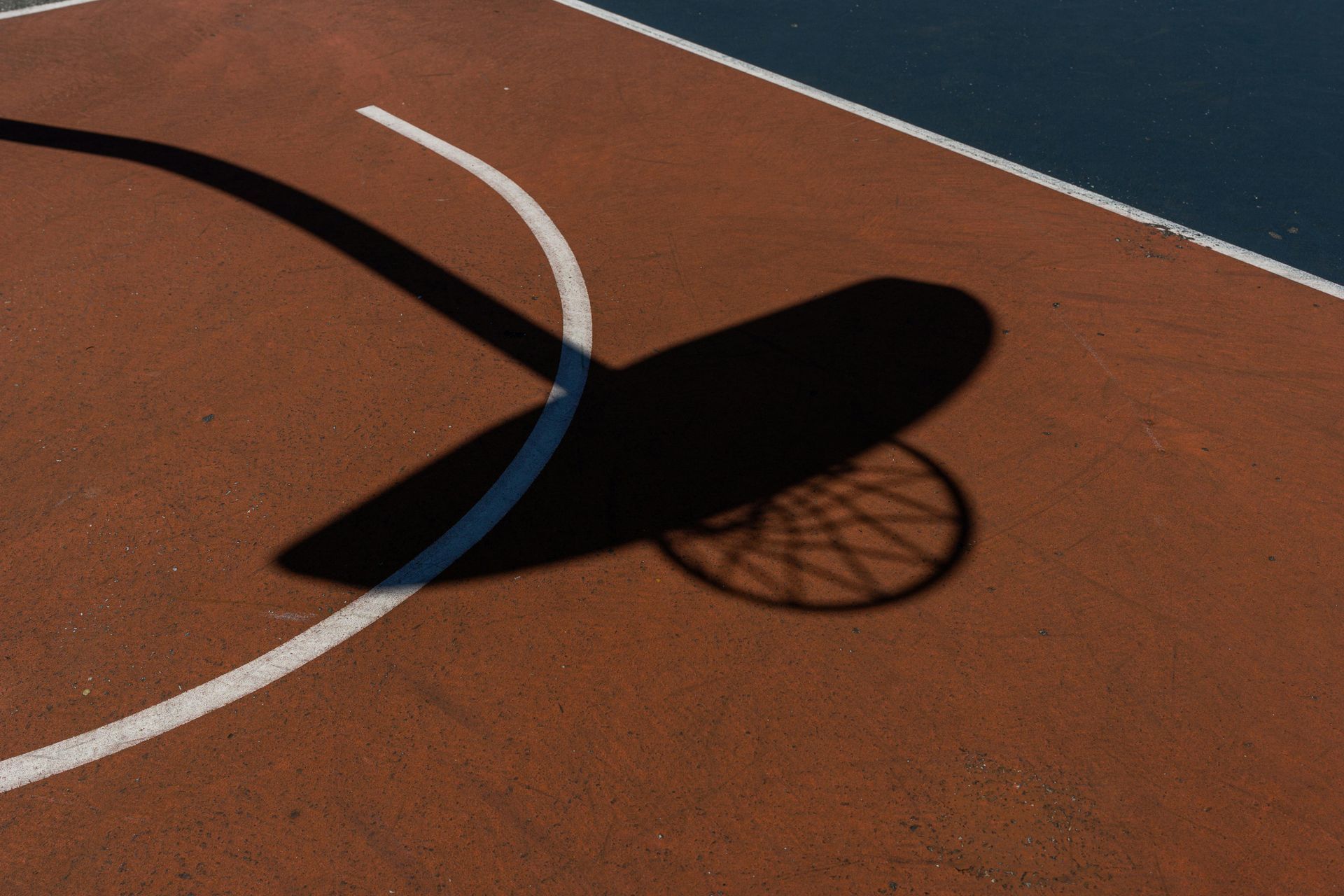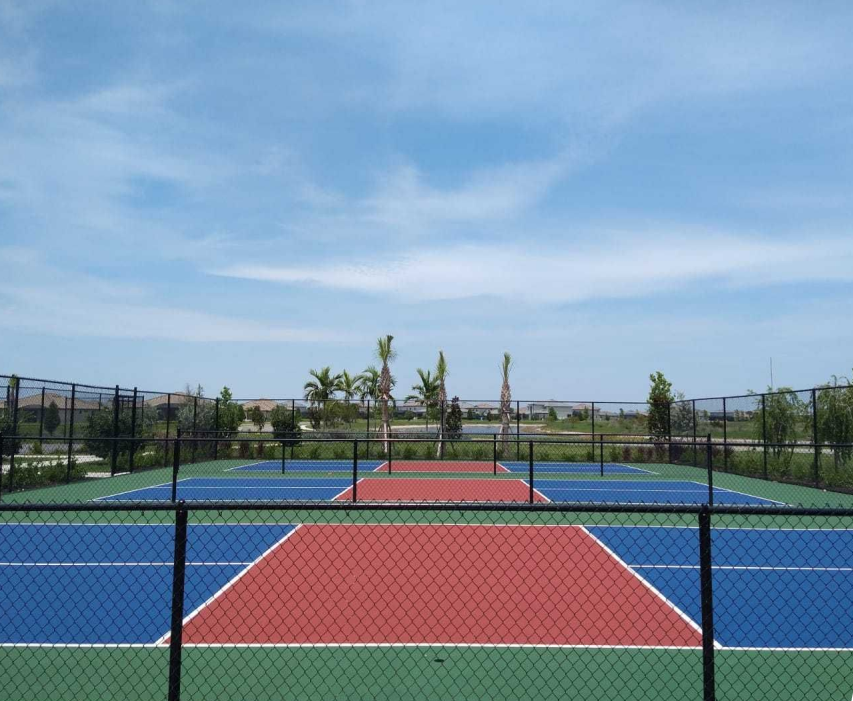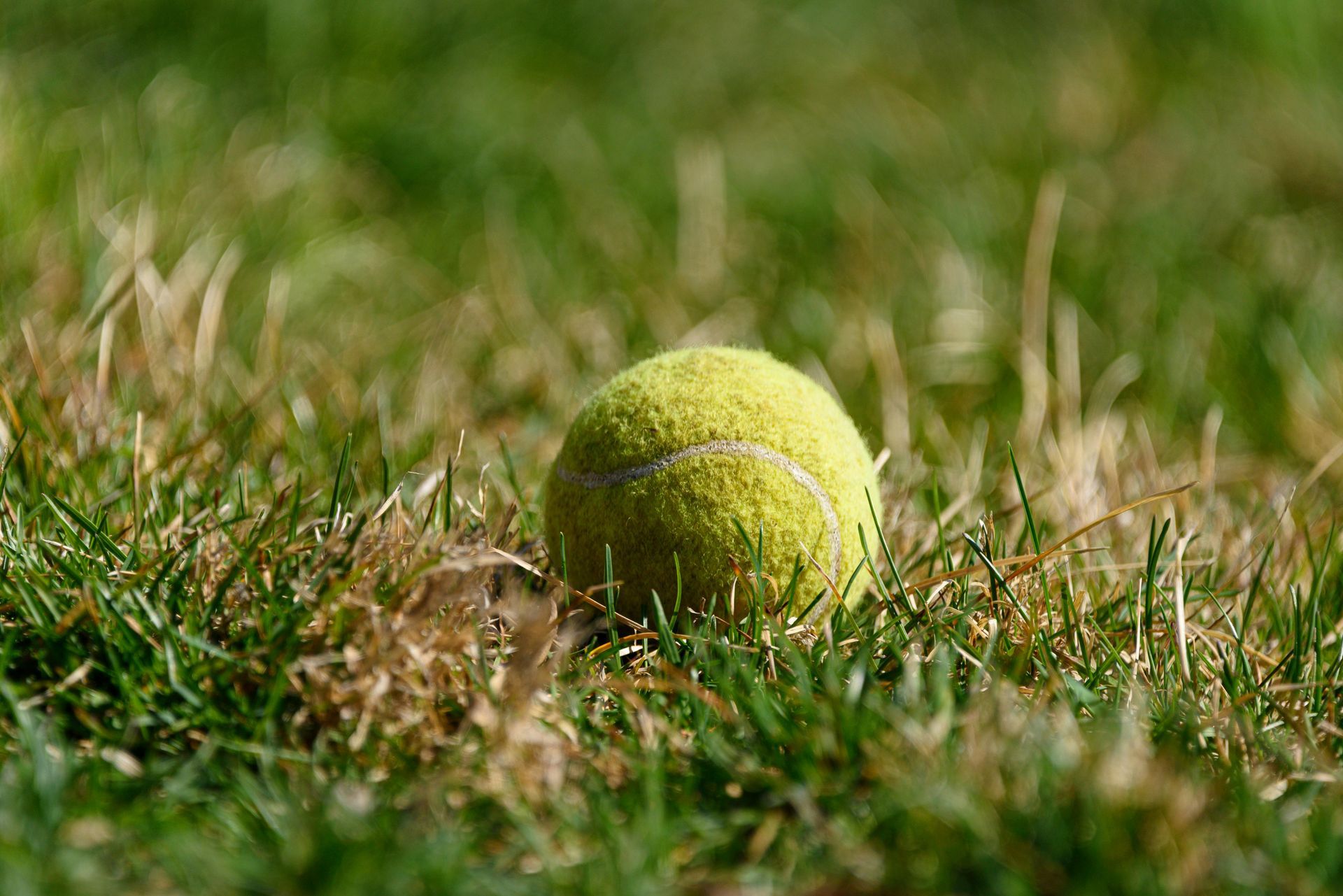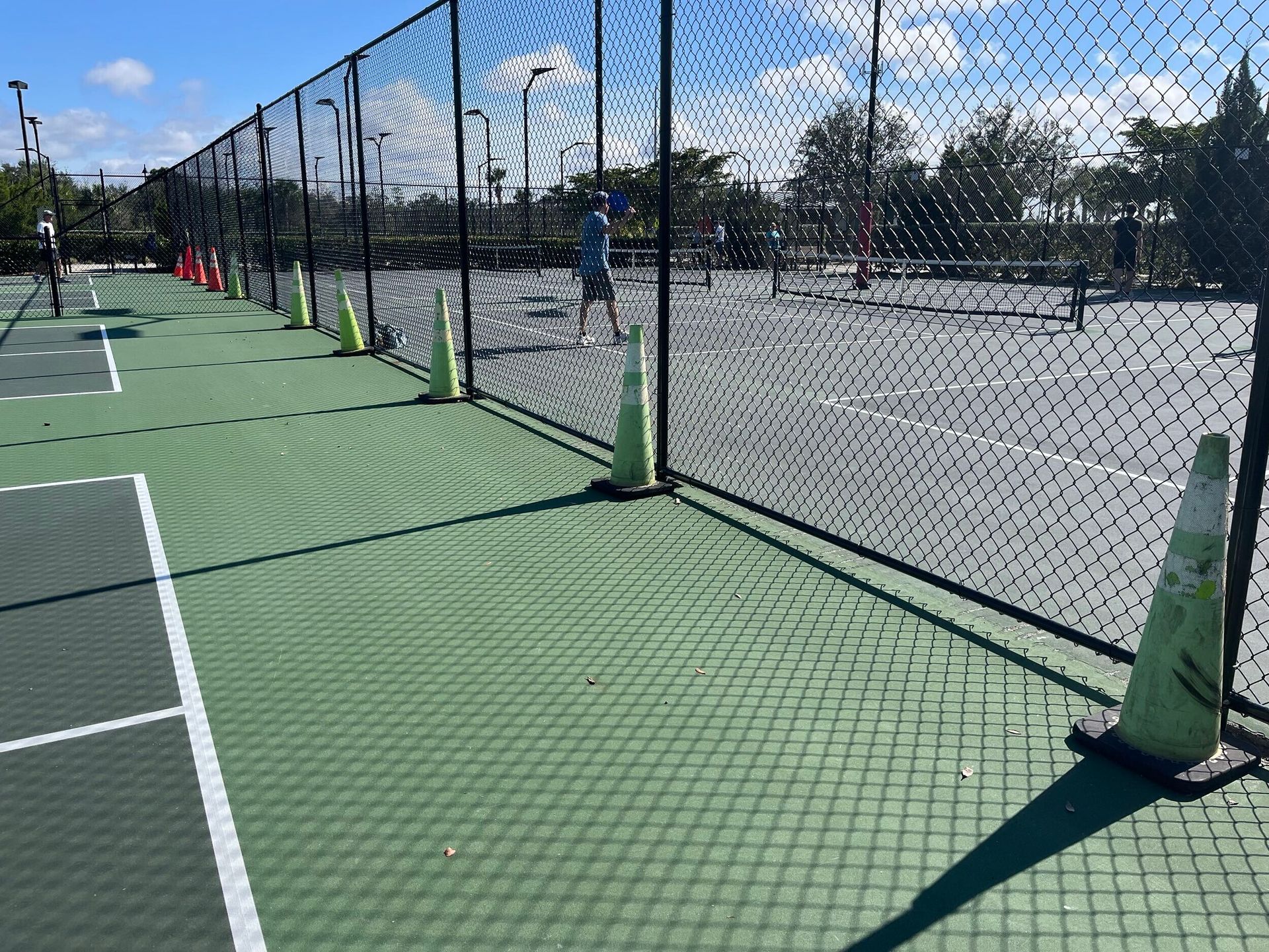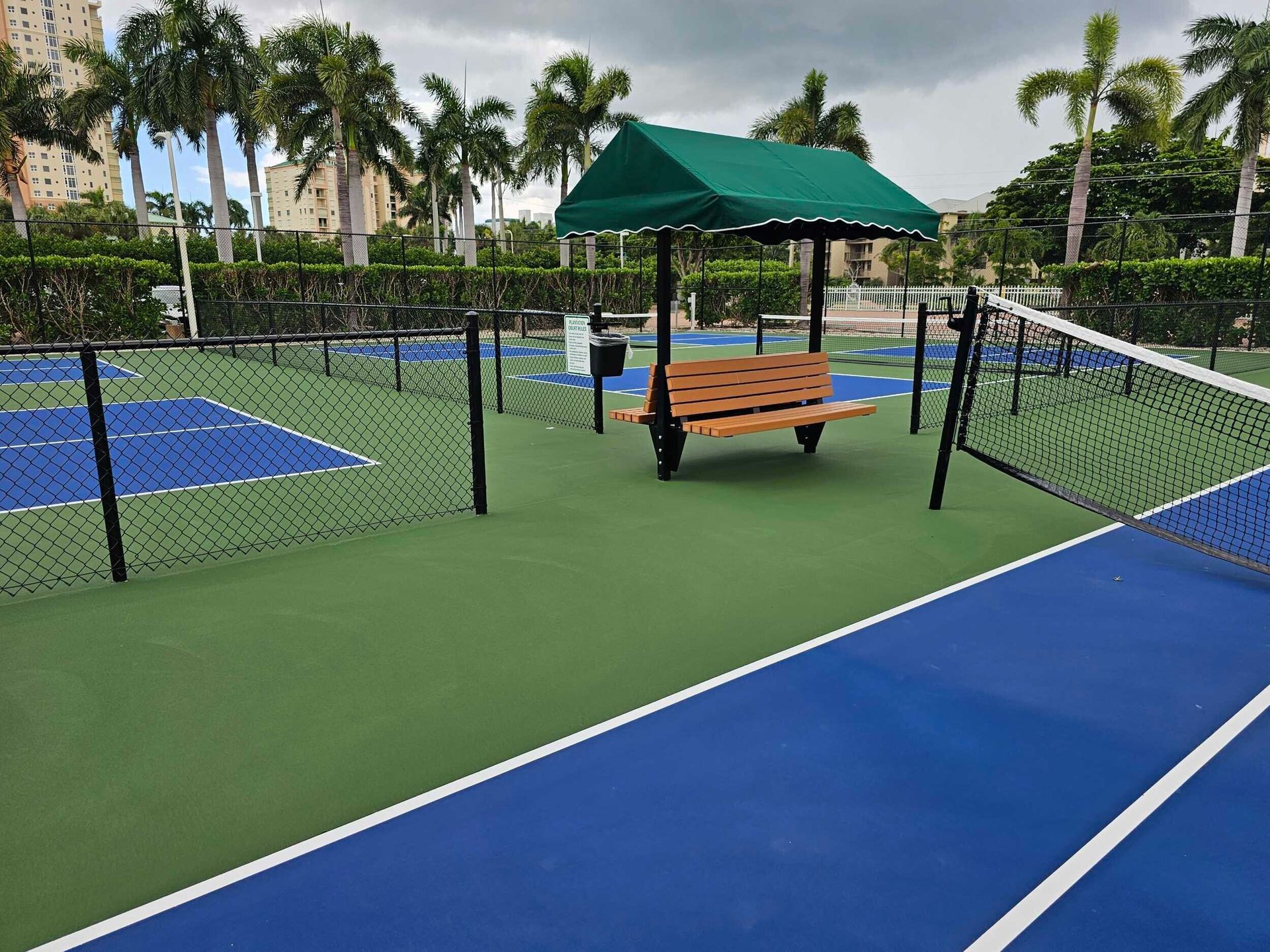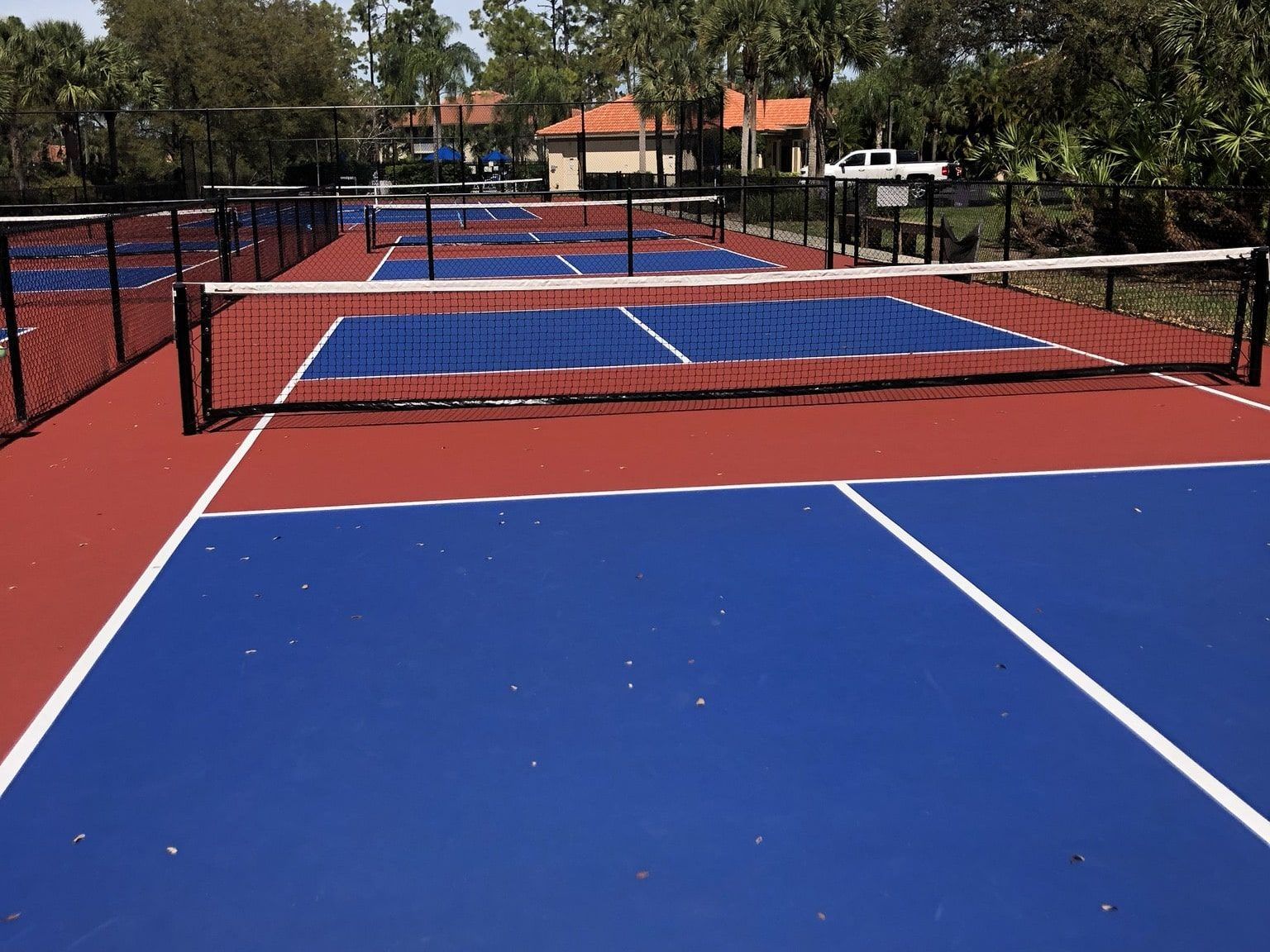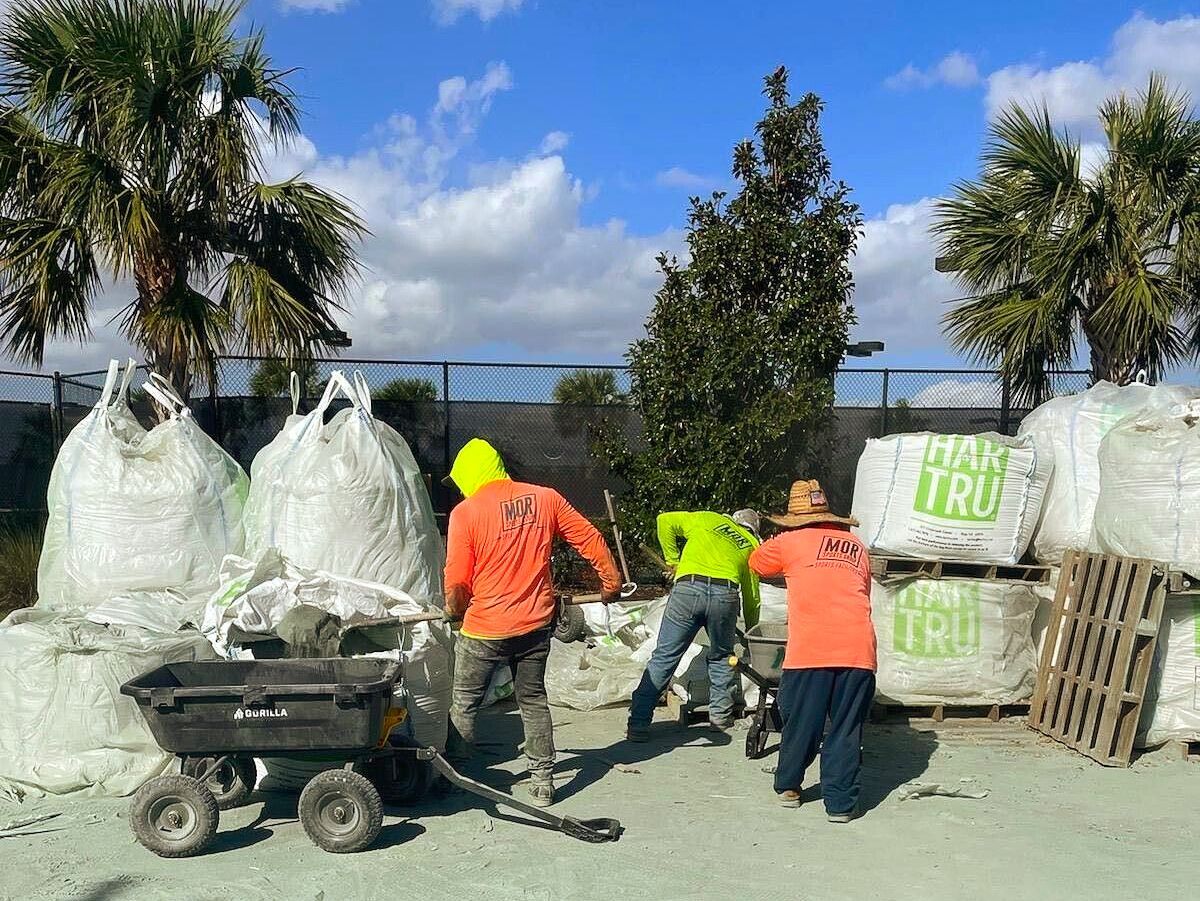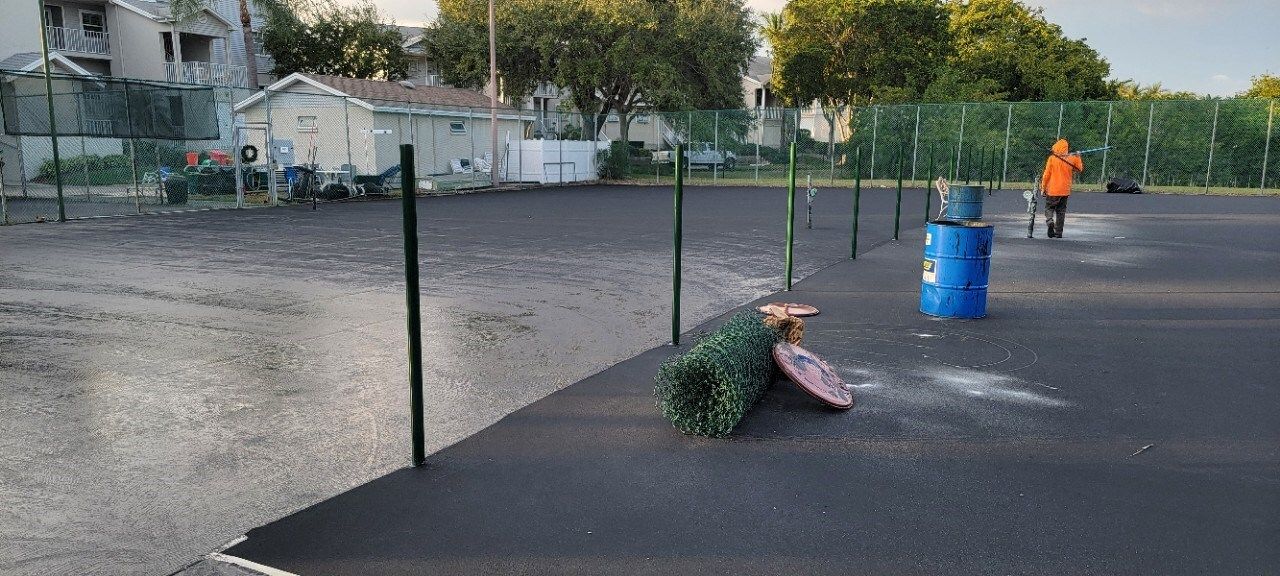Padel Court Construction: The Ultimate Guide
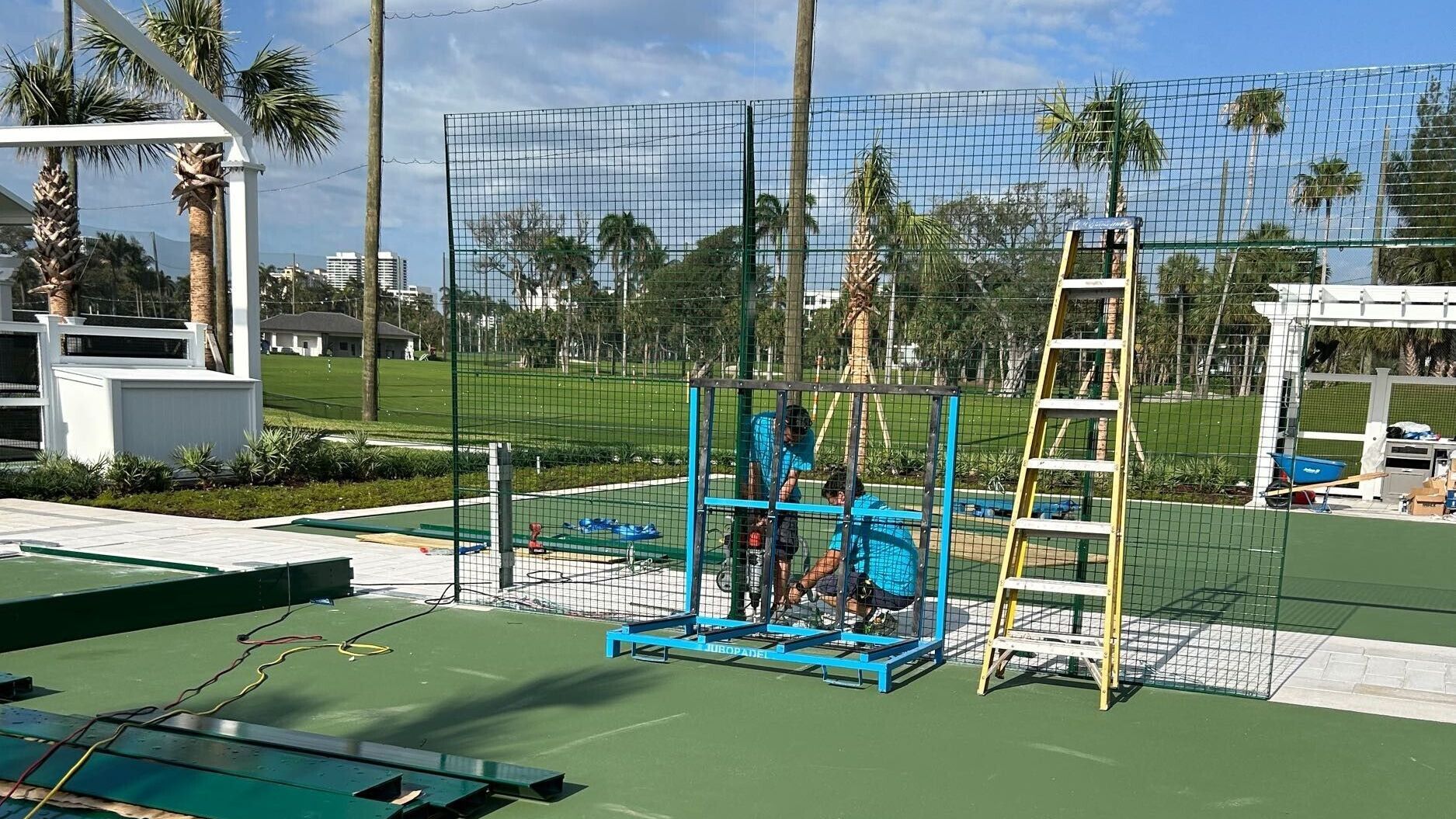
Padel is one of the fastest-growing sports in the world — and for good reason. It’s fun, fast-paced, and easy to pick up even if you’ve never played a racket sport before. More clubs, communities, and sports facilities are jumping on board by building dedicated padel courts.
Here, you’ll find everything you need to know about padel court construction — from design and materials to step-by-step building instructions, maintenance, and even cost breakdowns. Let’s get started.
What Is a Padel Court?
A padel court is a purpose-built space for playing padel, a dynamic racket sport that combines elements from tennis and squash. It’s typically played in doubles and is known for being both social and competitive. The game is incredibly engaging because players can use the walls around the court — similar to squash — to keep the ball in play.
You’ll usually find padel courts in sports clubs, leisure centers, hotels, and even private homes. The sport’s rapid rise has been fueled by its accessibility — it doesn’t require the power or technique of tennis, and the enclosed space keeps the action tight and fun. You serve underhand, the rackets have no strings, and there’s an emphasis on strategic placement over raw strength.
Key Differences Between Padel and Tennis Courts
Many people think padel is just a mini version of tennis, but that’s not quite accurate. Here are the standout differences:
- Court Size: A padel court is 10 x 20 meters, roughly one-third the size of a tennis court.
- Walls Are in Play: Unlike tennis, you can bounce the ball off the back and side walls.
- Serve Style: Padel serves must be underhand after a bounce.
- Rackets: Padel rackets are solid and perforated — no strings involved.
These differences make padel more approachable for beginners but also more tactical for experienced players.
Why Padel Is Gaining Popularity Worldwide
The social element is a big reason for padel’s popularity. Since it's always played in doubles, players naturally connect with others. It’s less physically demanding than tennis, so it appeals to all age groups. Plus, you can fit multiple padel courts in the same space as one tennis court, making better use of real estate for clubs.
According to Forbes, padel is expanding faster than any other sport in the world — especially in Europe and Latin America. With the right strategy, your facility can capitalize on this surge.
Official Padel Court Dimensions and Layout
Before you break ground on a padel court, it's essential to know the exact dimensions and layout requirements — especially if you’re aiming for official matches, club tournaments, or certification by a recognized federation. Even for recreational use, following these dimensions helps ensure the court feels natural and competitive for players.
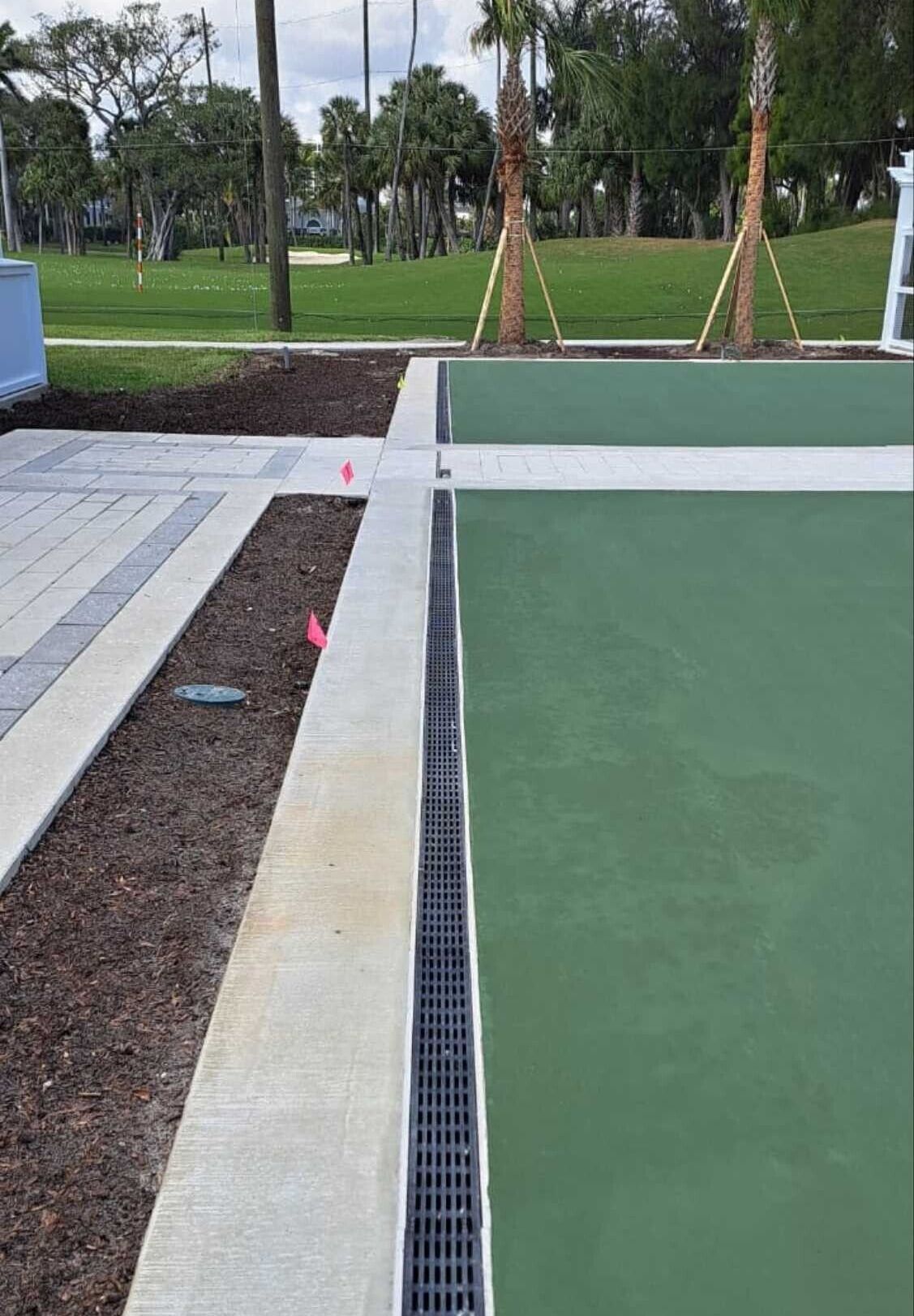
Court Size and Tolerances
The International Padel Federation (FIP) outlines clear specifications for regulation-size courts. These dimensions ensure fairness in gameplay, optimal ball bounce, and standard positioning for all players.
- Length: 20 meters
- Width: 10 meters
- Total Playable Area: 200 square meters
- Tolerance: ±0.5% deviation allowed for competition
These measurements apply only to the internal playing space, meaning the area enclosed by the court's walls. It’s easy to overlook, but your overall construction footprint needs to be larger than the playing field to accommodate important surrounding elements like:
- Safety zones (typically 0.5–1 meter buffer around the court)
- Lighting columns (especially for outdoor or indoor night play)
- Pathways for players and spectators
- Drainage systems or court-side amenities (like benches or bins)
As a general rule, aim for a minimum external space of 22m x 12m if you want a fully accessible, competition-ready installation.
Net Height and Placement
The net may seem like a minor detail, but in padel, it plays a pivotal role in keeping gameplay balanced and competitive. The net must be even, taut, and professionally installed to avoid disrupting volleys and serves.
Here are the official net measurements:
- Center Height: 0.88 meters
- Post Height: 0.92 meters
- Width: Must extend exactly 10 meters across the court
- Top Band: A white band between 5 cm and 6.3 cm wide is mandatory
- Cable: Metal suspension cable no thicker than 1 cm (usually steel)
The net must be made from synthetic fiber mesh — it’s lightweight, weather-resistant, and won’t warp or sag easily. Nets that are loose or uneven can make play feel unpredictable, and players may question the court’s professionalism if the net doesn't meet standard height.
Make sure your posts are:
- Firmly embedded into the ground or base structure
- Anchored with tension-adjustable hardware
- Rust-resistant (powder-coated steel or aluminum is best)
Service Lines and Court Markings
Padel court lines serve as critical visual guides during gameplay. They determine where players must stand, where serves land, and how points are played out. All markings must comply with international standards to maintain competitive integrity.
Here’s how the court is marked:
- A service line is drawn 6.95 meters from the net on both halves of the court
- A central service line (running perpendicular) divides each service zone into left and right service boxes
- All lines must be:
- 5 cm wide
- Clearly visible under both natural and artificial light
- Painted in a single, contrasting color (typically white or black depending on the turf color)
Courts are usually blue or green in color, but the FIP also allows for terracotta and black surfaces (black only for indoor courts). The contrast between the surface and the lines must be high enough to be easily seen during fast-paced play.
Why Line Quality Matters
Low-quality or fading lines cause more than just confusion — they can result in bad calls, hesitation in player movements, or even injury. That’s why the paint should be:
- Non-slip (to avoid skidding or sliding)
- UV-resistant (to prevent fading under sunlight)
- Weatherproof (especially for outdoor use)
Other Considerations for Layout
While the primary focus is on size and markings, a fully functional padel court also benefits from attention to smaller layout features:
- Door placement: Most courts have gates at the midpoint of the long sides. For competition play, doors should open outward and be flush with the enclosure.
- Wall transitions: The transition from glass panels to mesh fencing should be completely flush. Even a small protrusion can affect ball bounce and create a safety issue.
Drainage paths: Particularly important for outdoor courts — surface water should move away from the court quickly to avoid pooling and damage.
If you’re working with a design or build firm, ask them to provide a 3D render or CAD layout based on FIP specifications. This helps visualize spacing, elevation, and how well the design will work in your available space.
Padel Court Materials: What You Need to Build Right
Choosing the right materials can make or break your court in terms of durability, safety, and gameplay.
Wall & Enclosure Materials
Padel courts are enclosed with glass walls and metal fencing. These aren’t just for show — players regularly use these surfaces to return shots, so material quality is important.
Common materials:
- Tempered glass (10–12 mm): Durable, safe, and provides consistent bounce
- Metal mesh fencing (galvanized or powder-coated): Used above the glass and on side walls
- Alternative options: Fiberglass, concrete, rendered blocks — great for non-glass courts
Always ensure glass panels are flush with frames to avoid erratic bounces or safety hazards.
Surface Materials
The playing surface needs to provide both traction and bounce. Here are your options:
- Artificial grass (synthetic turf): Most popular choice, especially for outdoor courts
- Porous concrete: Good drainage, low maintenance
- Textured carpet: Sometimes used indoors for a softer feel
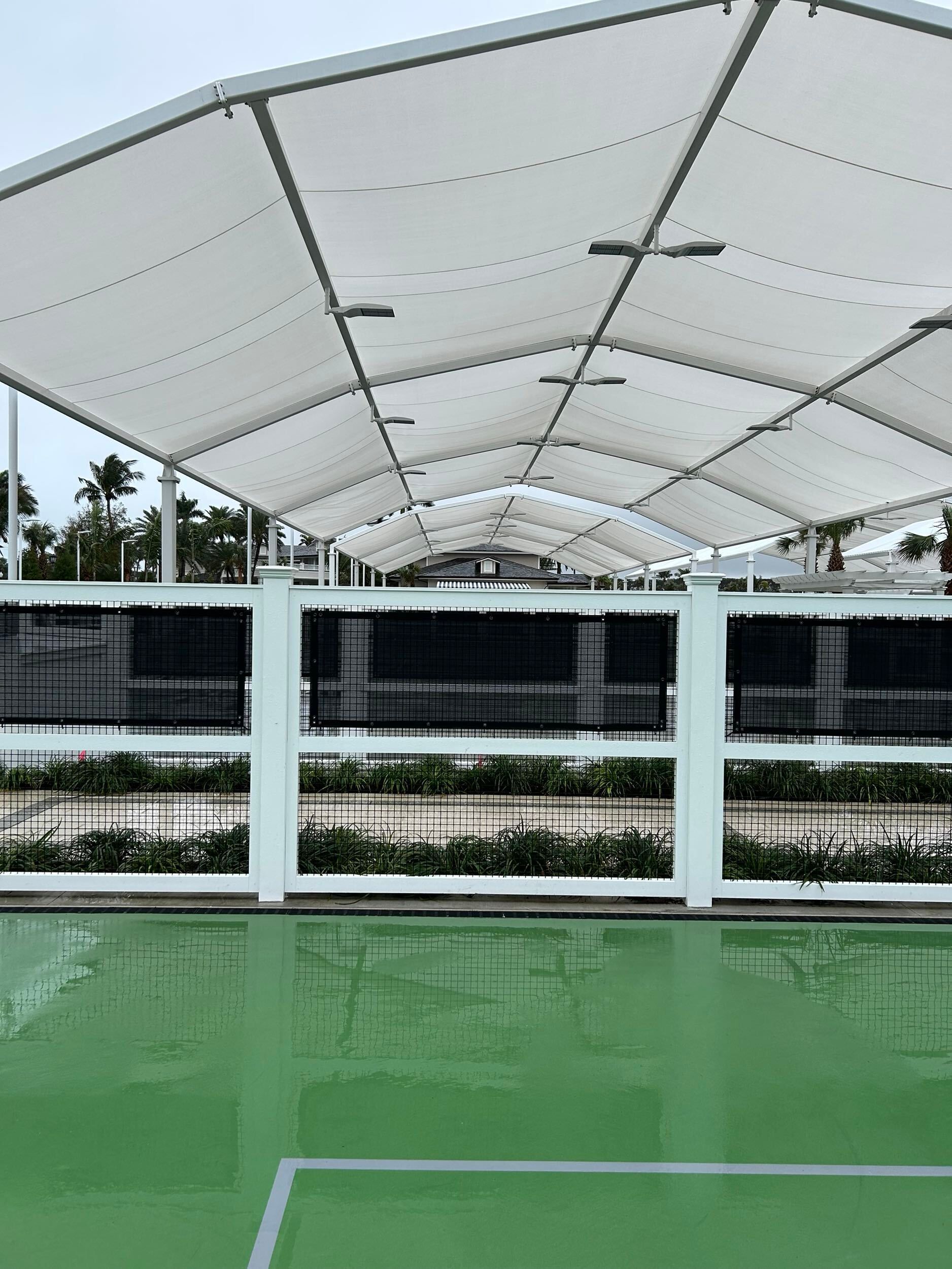
Artificial grass is filled with silica sand to increase grip and reduce slipping. Choose turf that’s certified for padel play — not all synthetic grass types are equal.
Posts, Nets, and Supporting Structures
Use high-quality steel or aluminum for the posts that support the net. Make sure the structure is anchored deeply to withstand tension and player impact.
- Powder-coated steel posts resist corrosion.
- Nylon or polyethylene nets last longer outdoors
- Look for fixtures rated for all-weather conditions
Padel Court Design Options and Enclosure Types
Beyond standard dimensions, there are design elements that make your court truly functional — and enjoyable to use.
Stepped Wall Enclosures (Option 1 vs Option 2)
Option 1 features a stepped wall design commonly used in the UK. Each end of the court has two glass panels — one at 3 meters and another at 2 meters, each topped with 1 meter of mesh fencing. The side walls are 3-meter-high metal mesh. This setup creates a tiered look and is more budget-friendly. While functional, it may lead to slightly inconsistent ball rebounds due to the wall height variation.
Option 2 offers a uniform 4-meter height around the entire court using glass and mesh fencing. This design gives the court a more professional and symmetrical appearance. It improves ball rebound consistency, especially for competitive play. Though it may cost more, it delivers better aesthetics and gameplay. Option 2 is often preferred for clubs aiming for top-tier quality and performance.
Recommended Ceiling Height for Indoor Courts
If you’re building indoors, pay close attention to vertical clearance, as it directly impacts gameplay. The height of the ceiling affects how freely players can use lobs, smashes, and high rebounds — all of which are key parts of padel strategy.
- Minimum ceiling height: 6 meters
- Ideal height: 8 meters or more
- Purpose: Prevents interference from ceilings, lights, or overhead fixtures during gameplay
- Required for: Meeting International Padel Federation (FIP) standards for competitive courts
- Design tip: Ensure lighting, HVAC systems, and structural beams stay clear of the court area
- Player benefit: Allows full use of vertical space for advanced shots without restriction
By allowing adequate clearance, you enhance both the playability and professional quality of your indoor padel court.
Door Placement and Spectator Access
Doors should be centered on both long sides of the court to allow quick and easy access for players and referees. This placement ensures smooth player movement and efficient transitions during matches. Doors must open outward and be flush with the enclosure to avoid interference with gameplay or safety risks.
If you're building a court for club or tournament use, consider adding spectator features like:
- Elevated viewing platforms for better sightlines
- Bleacher-style seating behind glass walls or along the sides
- Shade structures or canopies for outdoor courts
- Barrier-free access for individuals with limited mobility
Step-by-Step: How to Build a Padel Court
Now, let’s break down the actual construction process.
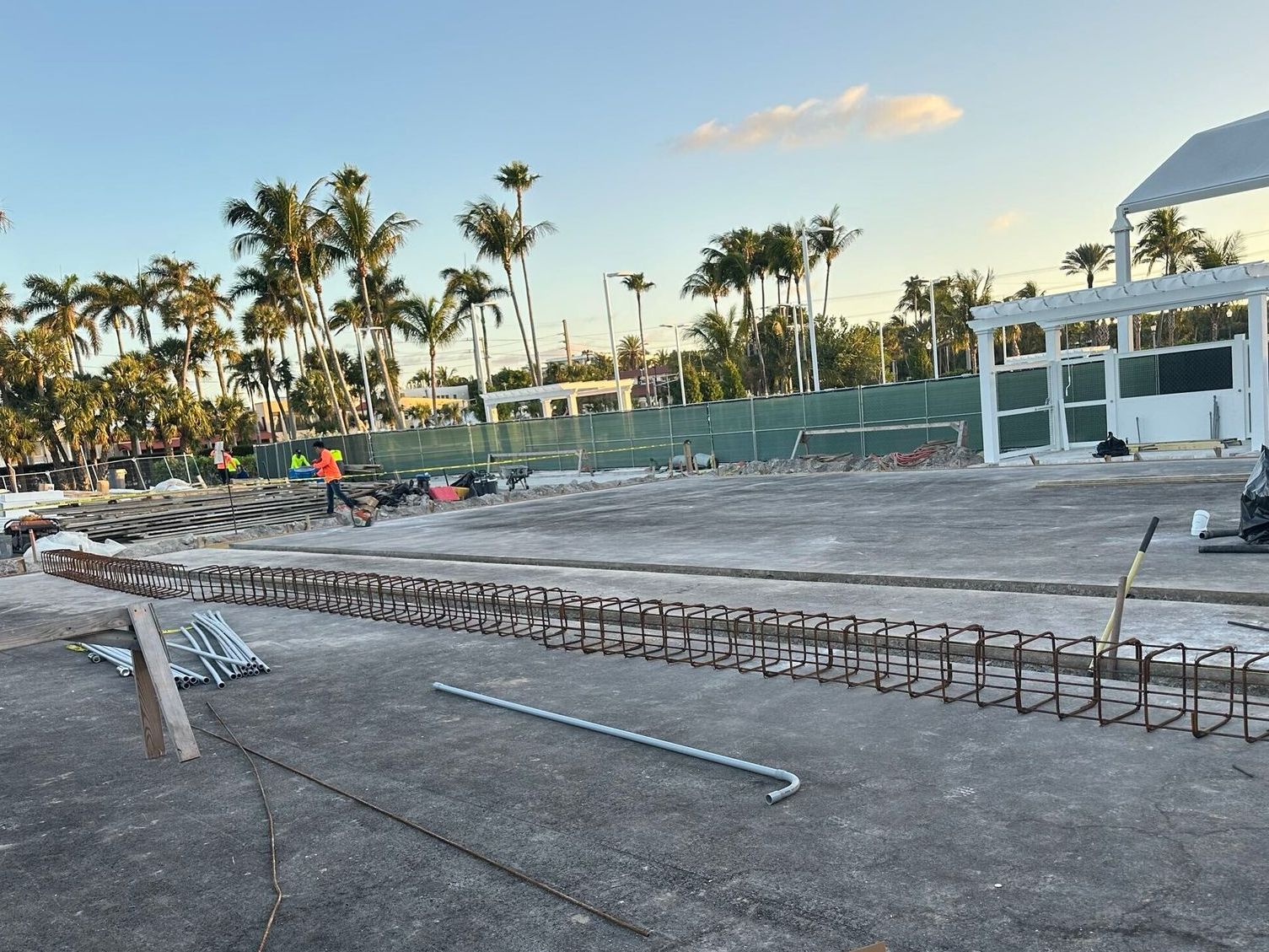
1. Define Your Use Case
Start by identifying the primary purpose of the court. This decision will shape the rest of your project — from the materials you choose to the features you include and even the overall layout.
Ask yourself:
- Is the court for personal, recreational, or commercial use?
- Will it host casual games, tournaments, or both?
- Do you need extras like changing rooms, showers, or a clubhouse?
- Will it be indoors or outdoors?
2. Choose and Prepare the Site
Selecting the right location is one of the most crucial decisions. Your chosen site must be flat, stable, and free from obstruction. The surrounding space should also be sufficient to accommodate not just the court but also lighting systems, fences, walkways, and potentially, seating or storage.
Here’s what to check:
- The ground should be leveled and free from rocks, tree roots, or debris
- Good drainage capability — especially for outdoor courts
- Easy access for construction equipment
- Adequate space for safety zones around the court
- Consider sun exposure to reduce glare on outdoor courts
Poor site prep can lead to long-term issues like water pooling, uneven playing surfaces, or even structural damage. It’s worth investing in a proper site survey and soil analysis before construction begins.
3. Construct the Base and Surface
This stage lays the foundation for everything else — literally. A stable, well-cured base will ensure the court stays safe and level for years to come.
Steps include:
- Excavating and leveling the area to the required depth
- Adding a drainage layer using gravel or crushed stone to move water away from the surface
- Pouring a reinforced concrete slab (or asphalt for budget builds)
Allowing proper curing time (typically 7–14 days, depending on climate)

4. Install the Steel Structure and Glass Walls
Once the base is cured, the steel framework and wall system can go up. This step requires professional installation to meet safety standards and ensure perfect alignment.
Here’s what happens:
- Metal support frames are installed first — these hold the fencing and glass panels
- Tempered glass walls (10–12mm thick) are mounted at both ends and sometimes on the sides
- Mesh fencing is added to extend enclosure height to 4 meters
- All connections must be flush and secure to allow clean ball rebounds
Proper alignment is key. If any panel sticks out or is misaligned, it can affect how the ball bounces, disrupt gameplay, or even cause player injury. Professional installation teams use laser levels and mounting hardware to achieve perfect finishes.
5. Lay the Playing Surface and Add Sand Infill
Install high-quality artificial turf made specifically for padel. Unroll and align each section carefully, ensuring seams are hidden and edges are securely fastened. The surface should be smooth and consistent to avoid any play disruption or injury risk.
Once the turf is in place, apply silica sand infill evenly across the court. This improves traction, keeps the turf stable, and supports fiber durability. Use a drag brush or spreader to distribute the sand and finish with a light brushing to raise the fibers.
6. Install Lighting, Net, and Final Fixtures
Add LED lighting to ensure the court is usable in the evening or low-light conditions. Position fixtures at appropriate heights (6–8 meters) to provide even coverage without glare or shadows across the court.
Next, install the net and tension it between two solid posts at regulation height. Check wall alignments, fencing, and surface stability. Finish by adding any seating, signage, or safety padding to get the court ready for use.
Indoor vs Outdoor Padel Courts: Pros and Cons
One of the first big decisions in padel court construction is choosing between an indoor or outdoor setup. Both offer unique advantages depending on your location, budget, and how the court will be used. While outdoor courts are typically more affordable and faster to build, indoor courts provide better protection and year-round playability. Understanding the trade-offs can help you plan smarter and invest where it counts most.
Indoor Courts
If you're aiming for uninterrupted play regardless of season or weather, an indoor court might be the best option. Let’s look at what makes indoor padel courts appealing — and what potential drawbacks to consider.
Pros:
- Protected from weather
- Lower long-term maintenance
- Consistent playing conditions year-round
Cons:
- Higher upfront cost
- Needs more structure (walls, ceiling, ventilation)
Outdoor Courts
Outdoor padel courts offer a more accessible and budget-friendly path to getting started. These are ideal for communities, schools, or clubs looking for a cost-effective setup with an open, natural feel.
Pros:
- More budget-friendly
- Easy access and open atmosphere
Cons:
- Requires regular maintenance
- Susceptible to weather damage
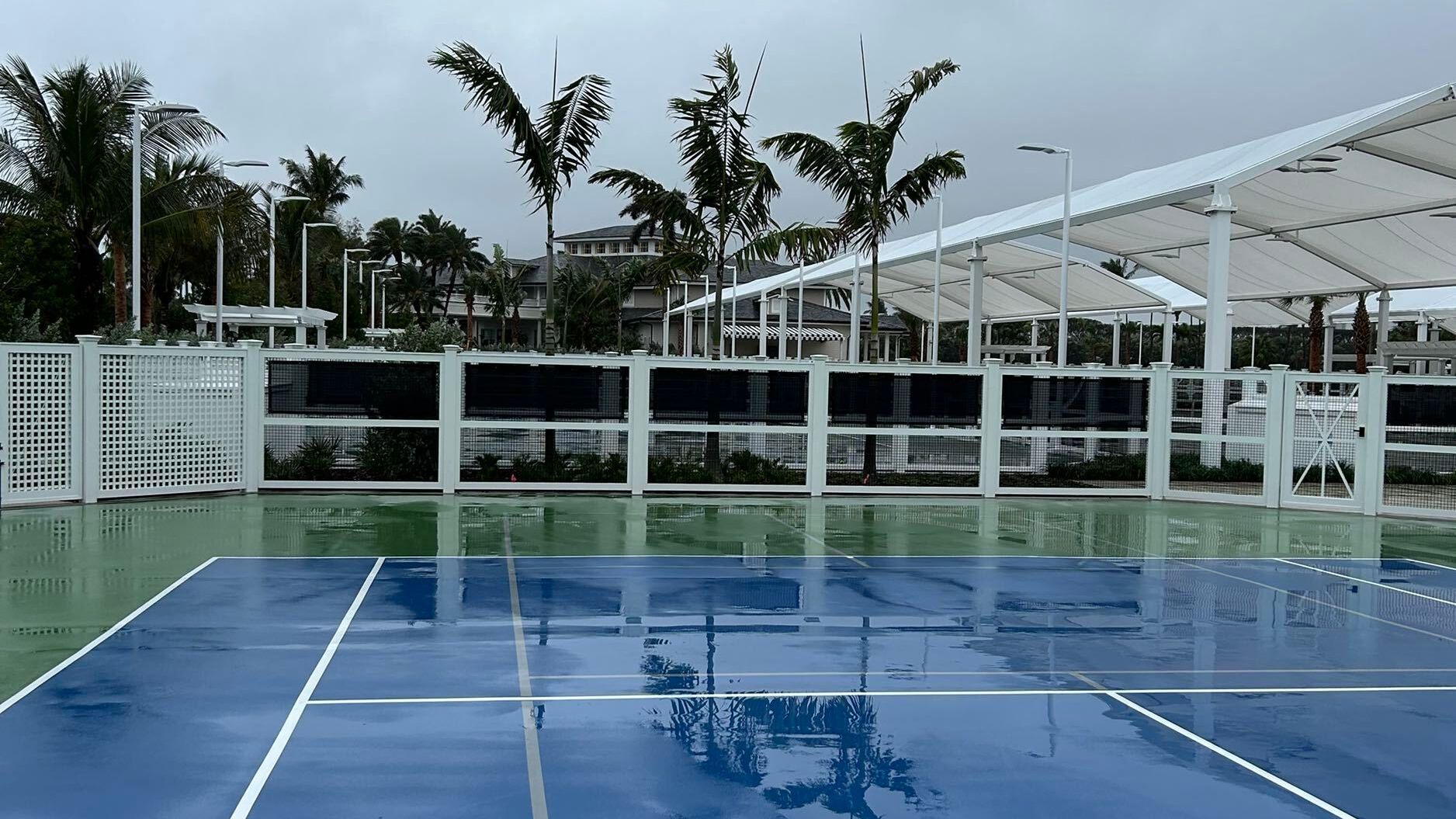
Padel Court Maintenance and Resurfacing Tips
Keeping a padel court in top condition doesn't just extend its lifespan — it also ensures players have a safe, high-quality experience every time they step onto the court. Whether you manage a commercial sports facility or a private court, routine maintenance and timely resurfacing are essential to protect your investment and maintain playability.
Daily and Weekly Tasks
To keep your court functioning well, establish a simple maintenance routine:
- Brush the artificial turf regularly to keep the fibers upright and distribute the sand infill evenly. This improves traction and ensures a consistent ball bounce.
- Level the sand infill, especially in high-use zones like near the net and service boxes. Uneven sand leads to slippery areas and uneven playing conditions.
- Clear debris like leaves, trash, or dirt that can accumulate on the surface, especially on outdoor courts.
- Inspect the net for sagging or fraying, and check lighting systems to ensure proper brightness and safety.
Resurfacing and Repairs
Despite regular upkeep, padel courts naturally wear down over time, especially those exposed to frequent play or harsh weather. Most courts will need resurfacing every 3 to 5 years, though this depends on usage, climate, and turf quality.
Signs it’s time to resurface include:
- Inconsistent ball bounce or slow ball speed
- Visible wear or flattening of turf fibers
- Sand no longer settling evenly
- Corrosion on fencing or glass panel supports
- Slippery areas or patches forming on the court
When resurfacing, contractors will typically remove the old turf, inspect the base, and install new artificial grass — often with improved materials. Outdoor courts may also need drainage system checks and re-caulking of glass joints.
For commercial or club operators, it’s smart to schedule annual professional inspections. These ensure everything from structural integrity to electrical systems (e.g., lighting) are safe and up to standard.
Where to Buy Padel Court Equipment and Accessories
You’ll need more than just the court itself. Here’s what to consider:
- Nets and posts: Buy weatherproof, regulation-grade gear
- Balls: Use pressurized balls for matches, pressureless ones for practice
- Rackets: Offer a range from beginner to advanced
Is Building a Padel Court Worth It?
Absolutely. A padel court isn’t just a space to play; it’s a social hub, a revenue stream, and a community builder. If you're adding one to your sports facility, club, or hotel, it helps bring people together and promotes active lifestyles. With careful planning and expert installation, your court can serve players for years. Start with a clear vision, choose the right team, and create something built to last.
If you're ready to move forward, reach out to Mor Sports Group. They support every stage of the process, from sourcing durable materials to full installation, with a strong focus on international quality standards.
Mor Sports Group is trusted by sports venues worldwide for its custom solutions and expert craftsmanship. They deliver FIP-compliant courts, offer global shipping, and manage projects from start to finish. It's a smart choice if you're aiming for long-term value, durability, and professional results.
Conclusion
Building a padel court is a smart investment for sports facilities, communities, and private property owners alike. With the right materials, planning, and expert guidance, your court can deliver years of enjoyment and value. As the sport continues to grow, now is the perfect time to get involved. Make sure to work with experienced professionals to ensure quality and compliance. Start your padel court project today and bring the excitement of the game to your space.
